Home>Gardening & Outdoor>Plant Care & Gardening Tips>When To Cut A Wildflower Meadow
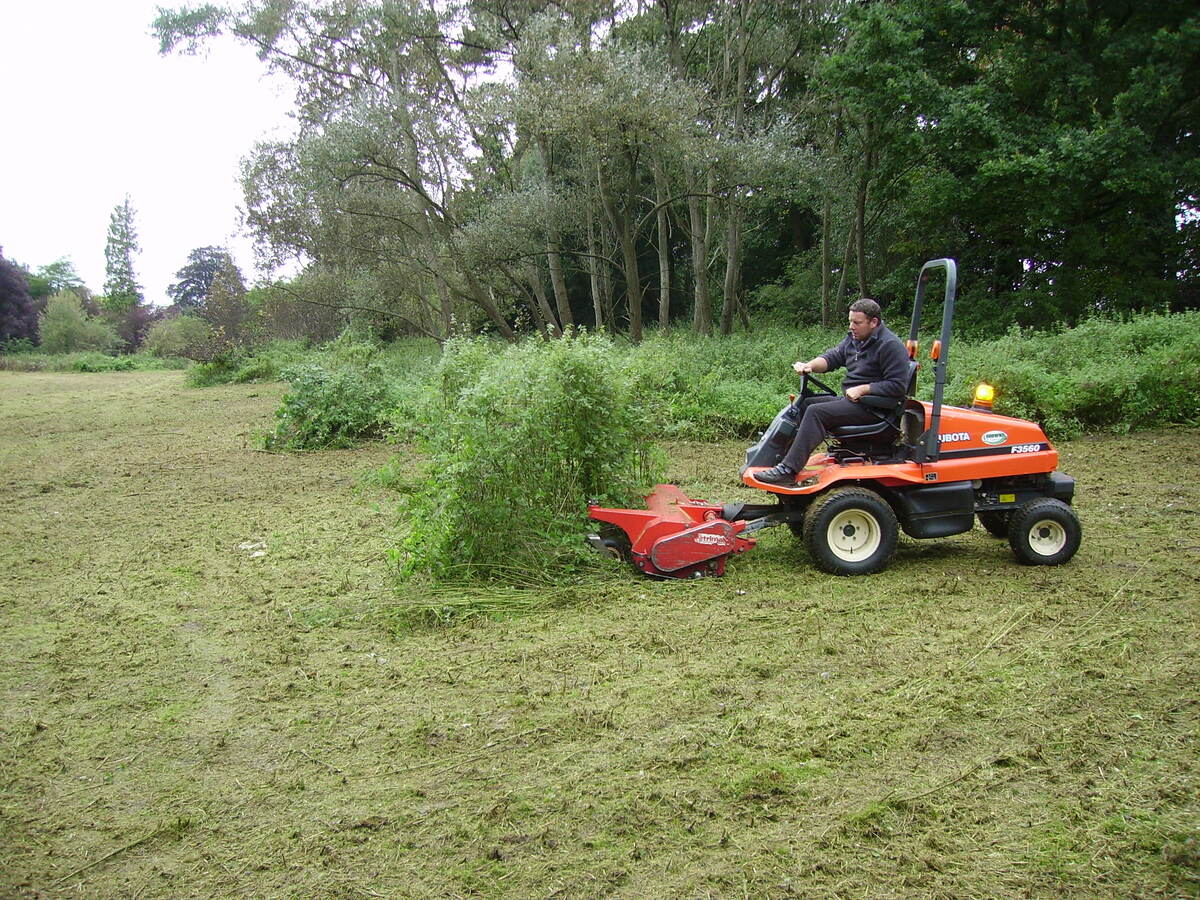

Plant Care & Gardening Tips
When To Cut A Wildflower Meadow
Published: December 24, 2023
Learn when to cut a wildflower meadow for optimal plant care and gardening tips. Discover the best timing and techniques for maintaining a beautiful and thriving wildflower garden.
(Many of the links in this article redirect to a specific reviewed product. Your purchase of these products through affiliate links helps to generate commission for Storables.com, at no extra cost. Learn more)
Introduction
Wildflower meadows are a captivating and vibrant tapestry of nature, offering a breathtaking display of color and life. These enchanting landscapes are not only visually stunning but also play a vital role in supporting biodiversity and promoting ecological balance. To maintain the health and beauty of wildflower meadows, it's essential to understand when and how to cut them.
In this comprehensive guide, we will delve into the art of caring for wildflower meadows, focusing specifically on the optimal timing for cutting these natural wonders. By gaining insight into the factors to consider and the signs indicating the right time for cutting, you'll be better equipped to nurture and preserve the splendor of wildflower meadows.
Join us as we explore the intricacies of wildflower meadow care, uncover the benefits of these enchanting landscapes, and learn the best practices for ensuring their continued vibrancy. Whether you're a seasoned gardener or a nature enthusiast eager to enhance your understanding of wildflower meadows, this guide will equip you with the knowledge and insight needed to make informed decisions about cutting these captivating natural habitats.
Key Takeaways:
- Timing is crucial when cutting wildflower meadows to support biodiversity and visual appeal. Consider plant development, wildlife habitats, and environmental conditions for a thriving ecosystem.
- Cutting a wildflower meadow requires thoughtful observation and strategic planning. Choose the right equipment, consider habitat patches, and monitor the meadow’s response for success.
Read more: How Often To Cut Wildflower Meadow
Understanding Wildflower Meadows
Wildflower meadows are diverse and dynamic ecosystems that consist of a rich tapestry of native flowering plants. These meadows are characterized by an array of vibrant colors and textures, creating a visually stunning landscape that changes throughout the seasons. Unlike traditional manicured lawns, wildflower meadows embrace the natural diversity of plant species, providing essential habitats for a wide range of pollinators, birds, and other wildlife.
One of the defining features of wildflower meadows is their ability to adapt and evolve over time. These meadows are often composed of perennial plants that return year after year, creating a sustainable and self-sustaining ecosystem. The intricate balance of plant species within a wildflower meadow contributes to its resilience and ability to thrive in various environmental conditions.
Wildflower meadows are not only visually captivating but also serve as crucial contributors to the overall health of the environment. They play a pivotal role in supporting pollinators, such as bees and butterflies, by providing an abundant source of nectar and pollen. Additionally, these meadows contribute to soil health and water retention, making them valuable assets in sustainable land management.
Understanding the dynamic nature of wildflower meadows is essential for effective care and maintenance. By recognizing the intricate relationships between plant species, wildlife, and the surrounding environment, caretakers can make informed decisions about when to cut and how to preserve the biodiversity and beauty of these natural habitats.
Benefits of Wildflower Meadows
Wildflower meadows offer a plethora of benefits that extend far beyond their striking visual appeal. These biodiverse landscapes play a crucial role in supporting the environment, wildlife, and human well-being. Understanding the numerous advantages of wildflower meadows underscores the importance of caring for and preserving these natural habitats.
- Biodiversity: Wildflower meadows are havens of biodiversity, providing habitats for a wide array of plant species, insects, birds, and small mammals. Their diverse plant communities support a rich ecosystem, contributing to the overall health and resilience of the environment.
- Pollinator Support: These meadows are vital sources of nectar and pollen for pollinators, including bees, butterflies, and other beneficial insects. By providing a continuous and diverse food supply, wildflower meadows play a crucial role in supporting pollinator populations and promoting pollination of surrounding plant life.
- Soil Health: The deep and diverse root systems of wildflower meadow plants help improve soil structure, enhance water retention, and prevent erosion. This contributes to overall soil health and stability, making wildflower meadows valuable in sustainable land management.
- Carbon Sequestration: The extensive root systems of wildflower meadow plants facilitate carbon sequestration, helping mitigate the impacts of climate change by capturing and storing carbon in the soil.
- Visual Beauty: Wildflower meadows offer a breathtaking display of color and texture, creating visually stunning landscapes that uplift the spirits and inspire a profound connection to nature.
- Low Maintenance: Once established, wildflower meadows require minimal maintenance compared to traditional lawns. This low-maintenance aspect makes them an attractive and sustainable landscaping option.
By recognizing the multifaceted benefits of wildflower meadows, individuals and communities can make informed decisions to conserve and promote these invaluable natural habitats. The diverse advantages they offer underscore the importance of understanding when and how to cut wildflower meadows to maintain their health and vitality.
Factors to Consider
When it comes to caring for wildflower meadows, several key factors should be taken into consideration to ensure the optimal health and longevity of these vibrant ecosystems. Understanding these factors is essential for making informed decisions about when to cut a wildflower meadow and how to support its ongoing vitality.
- Plant Species Composition: The specific plant species present in the wildflower meadow play a significant role in determining the appropriate cutting schedule. Some species may benefit from early cutting, while others thrive with a later cutting schedule. Understanding the composition of plant species within the meadow is crucial for determining the ideal cutting time.
- Wildlife Habitat: Wildflower meadows provide essential habitats for a diverse range of wildlife, including pollinators, birds, and small mammals. When planning to cut a wildflower meadow, it’s important to consider the potential impact on wildlife and ensure that cutting activities are conducted in a manner that minimizes disruption to these vital habitats.
- Environmental Conditions: Environmental factors such as rainfall, temperature, and sunlight can influence the growth and development of wildflower meadows. Monitoring these conditions and their impact on the meadow’s growth patterns is crucial for determining the most suitable time for cutting.
- Desired Aesthetic and Function: Consider the intended purpose of the wildflower meadow. Whether it is primarily for visual beauty, wildlife support, or a combination of both, the cutting schedule can be tailored to achieve the desired aesthetic and functional outcomes.
- Seed Dispersal and Regeneration: Cutting a wildflower meadow at the right time can promote seed dispersal and regeneration, contributing to the continued health and diversity of the meadow. Understanding the natural life cycle of the plants and their seed dispersal mechanisms is essential for guiding cutting decisions.
By carefully considering these factors, caretakers of wildflower meadows can make informed choices about when to cut, ensuring that the process aligns with the needs of the plants, wildlife, and overall ecosystem. This thoughtful approach to wildflower meadow care supports the long-term sustainability and vitality of these captivating natural landscapes.
Cut a wildflower meadow in late summer or early fall, after the flowers have bloomed and started to set seed. This allows the seeds to scatter and ensures new growth for the following year.
Signs It’s Time to Cut
Recognizing the optimal time to cut a wildflower meadow is essential for promoting its health, longevity, and continued vibrancy. Several signs can indicate that the time is right for cutting, allowing caretakers to make informed decisions that support the well-being of the meadow and its diverse inhabitants.
- Seed Development: Observing the seed development of wildflower plants can provide valuable insight into the optimal cutting time. When the majority of the plants have completed their flowering cycle and are in the seed development stage, it may be an indication that the meadow is ready for cutting.
- Yellowing and Browning: As the flowering season comes to an end, many wildflower species may exhibit signs of yellowing or browning. This natural progression indicates that the plants are reaching the end of their life cycle, signaling that cutting time may be approaching.
- Decreased Pollinator Activity: Observing a decline in pollinator activity within the meadow can be a sign that the peak flowering period has passed. As the need for pollination diminishes, it may be an indication that the meadow is transitioning to the post-flowering phase, signaling the potential timing for cutting.
- Desired Seed Set: If the goal is to promote seed dispersal and regeneration within the meadow, waiting until the majority of the plants have set their seeds can be an indicator that it’s time to cut. This approach supports the natural life cycle of the plants and contributes to the meadow’s long-term sustainability.
- Visual Aesthetic: For those prioritizing the visual beauty of the meadow, observing the overall appearance and color composition can provide cues for the optimal cutting time. As the meadow transitions from peak flowering to the post-flowering phase, caretakers can assess the visual impact and make cutting decisions accordingly.
By paying close attention to these signs, caretakers can gauge the readiness of the wildflower meadow for cutting, ensuring that the process aligns with the natural rhythms of the plants and the broader ecosystem. This thoughtful approach supports the overall health and vitality of the meadow while promoting its continued beauty and biodiversity.
Read more: Why Are Wildflower Meadows Important?
Best Time to Cut
Determining the best time to cut a wildflower meadow is a nuanced process that requires careful consideration of various factors. While the optimal cutting time may vary based on specific environmental conditions and the desired outcomes for the meadow, there are general guidelines to help identify the most suitable timing for cutting.
One of the key considerations for determining the best time to cut is the stage of the meadow’s development. Cutting a wildflower meadow at the right time is essential for promoting its long-term health, supporting biodiversity, and achieving the desired aesthetic or functional outcomes.
For meadows focused on supporting pollinators and wildlife, delaying cutting until the majority of the plants have completed their flowering cycle and set their seeds can be beneficial. This approach allows for the natural dispersal and regeneration of seeds, contributing to the ongoing vitality of the meadow and its surrounding ecosystem.
Alternatively, for those prioritizing the visual beauty of the meadow, cutting at the peak of the flowering season can capture the vibrant display of colors while maintaining the meadow’s aesthetic appeal. This approach may involve more frequent cutting to encourage continuous blooming and prevent the dominance of certain plant species.
Environmental conditions, such as weather patterns and soil moisture, also play a crucial role in determining the best time to cut. Ideally, cutting should be conducted during a period of dry weather to minimize soil compaction and facilitate the efficient removal of cut vegetation.
Ultimately, the best time to cut a wildflower meadow is a delicate balance between supporting the natural life cycle of the plants, promoting biodiversity, and achieving the desired visual or functional outcomes. By considering the specific goals for the meadow, observing key signs indicating the readiness for cutting, and accounting for environmental conditions, caretakers can make informed decisions that uphold the health, beauty, and ecological value of these captivating landscapes.
How to Cut a Wildflower Meadow
Cutting a wildflower meadow requires a thoughtful and strategic approach to ensure that the process supports the meadow’s health, biodiversity, and long-term vitality. By following best practices for cutting, caretakers can maintain the beauty and ecological value of the meadow while promoting its continued success as a thriving natural habitat.
Here are essential steps to consider when cutting a wildflower meadow:
- Assess Readiness: Before initiating the cutting process, carefully observe the signs indicating that the meadow is ready for cutting. Consider the stage of plant development, seed set, and the desired outcomes for the meadow.
- Select Cutting Equipment: Choose appropriate cutting equipment, such as a scythe, strimmer, or mower, based on the size of the meadow and the density of vegetation. Ensure that the cutting tools are well-maintained and sharp to achieve clean and precise cuts.
- Timing and Frequency: Depending on the goals for the meadow, determine the optimal timing and frequency of cutting. For meadows focused on supporting pollinators and wildlife, cutting may be less frequent to allow for seed dispersal and regeneration. For visual appeal, more frequent cutting during the flowering season may be necessary to encourage continuous blooming.
- Consider Habitat Patches: If the meadow contains specific habitat patches, such as areas of longer vegetation or nesting sites, consider leaving these patches uncut to support wildlife and provide diverse habitats within the meadow.
- Collect Cut Vegetation: After cutting, collect and remove the vegetation to prevent excess thatch buildup, which can impede new growth and hinder the establishment of diverse plant species. Properly dispose of the cut vegetation to maintain the cleanliness and ecological balance of the meadow.
- Monitor and Adapt: Continuously monitor the meadow’s response to cutting, observing the regrowth of vegetation and the impact on wildlife and pollinator activity. Adapt the cutting schedule based on the meadow’s evolving needs and environmental conditions.
By following these steps and considering the specific characteristics and goals of the wildflower meadow, caretakers can effectively cut the meadow while supporting its ecological integrity, aesthetic appeal, and overall sustainability. Implementing a thoughtful and adaptive approach to cutting contributes to the continued success of wildflower meadows as vibrant and biodiverse natural landscapes.
Conclusion
Wildflower meadows are captivating and dynamic ecosystems that offer a myriad of benefits, from supporting biodiversity and pollinators to providing visual beauty and low-maintenance landscapes. Caring for these natural habitats involves understanding the optimal timing for cutting, a process that requires thoughtful consideration of plant development, wildlife habitats, and environmental conditions.
By recognizing the signs indicating the readiness for cutting, caretakers can make informed decisions that align with the natural rhythms of the meadow, promoting its health and vitality. Whether the goal is to support pollinators, enhance visual appeal, or achieve a balance of both, the best time to cut a wildflower meadow hinges on a careful balance of ecological and aesthetic considerations.
Implementing best practices for cutting, such as selecting appropriate equipment, considering habitat patches, and monitoring the meadow’s response, allows caretakers to maintain the beauty and ecological value of the meadow while promoting its continued success as a thriving natural habitat.
Ultimately, the art of cutting a wildflower meadow is a harmonious blend of ecological stewardship and aesthetic appreciation. By embracing the natural diversity and resilience of these landscapes, caretakers can contribute to the conservation and celebration of wildflower meadows, ensuring that they continue to enchant and inspire both people and wildlife for generations to come.
As you embark on the journey of caring for wildflower meadows, remember that each cutting decision plays a vital role in nurturing these vibrant and biodiverse ecosystems. By understanding when and how to cut, you have the opportunity to become a steward of the natural beauty and ecological significance embodied by wildflower meadows.
Frequently Asked Questions about When To Cut A Wildflower Meadow
Was this page helpful?
At Storables.com, we guarantee accurate and reliable information. Our content, validated by Expert Board Contributors, is crafted following stringent Editorial Policies. We're committed to providing you with well-researched, expert-backed insights for all your informational needs.
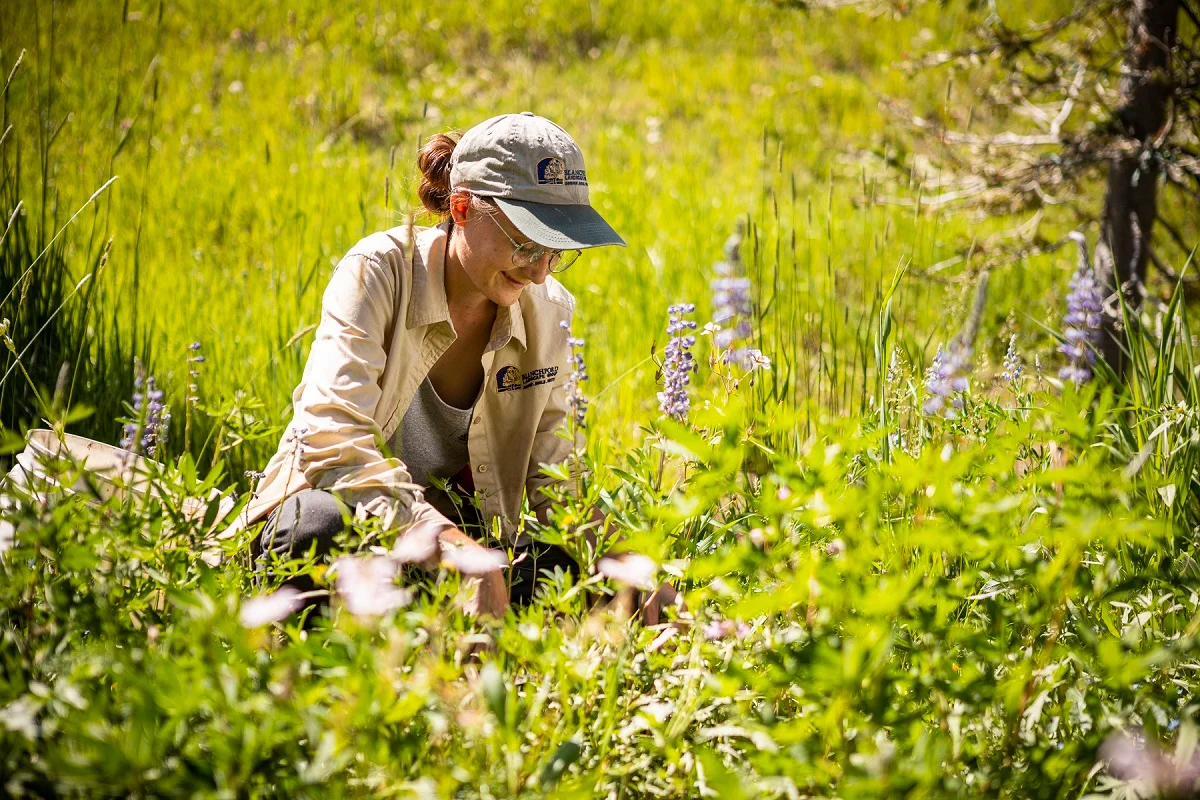
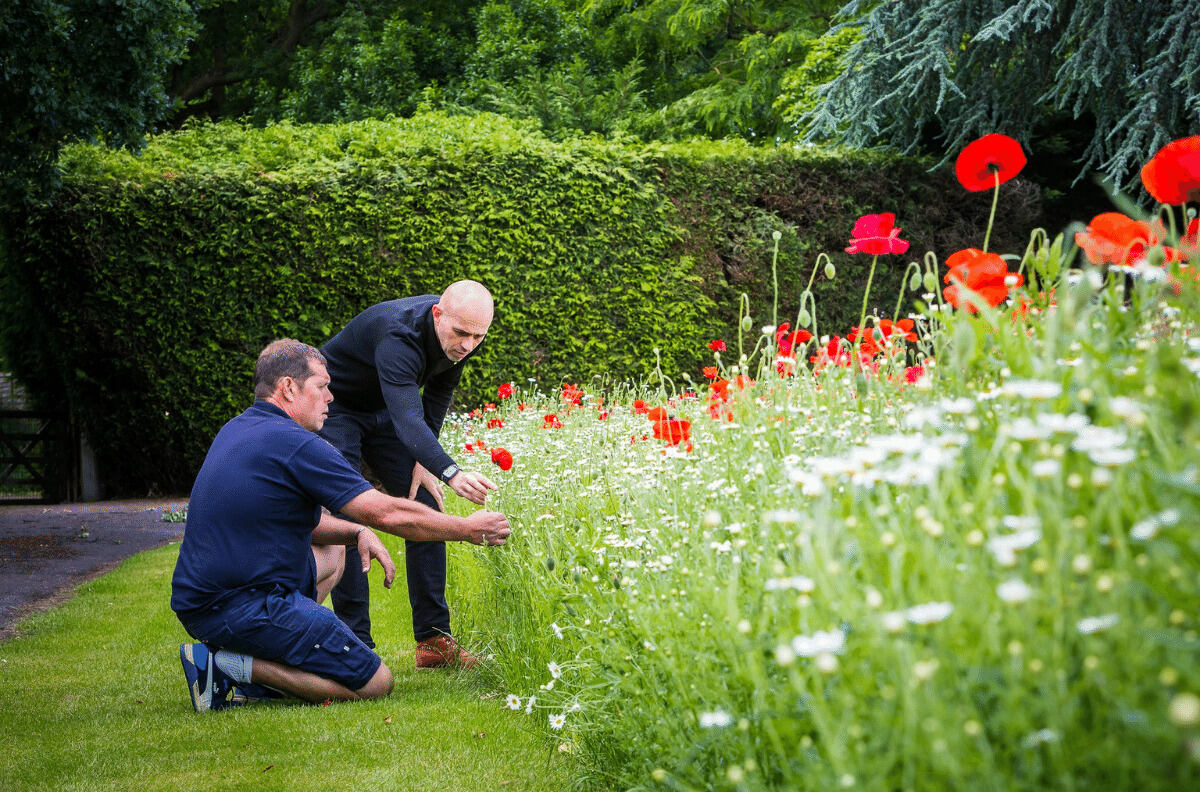
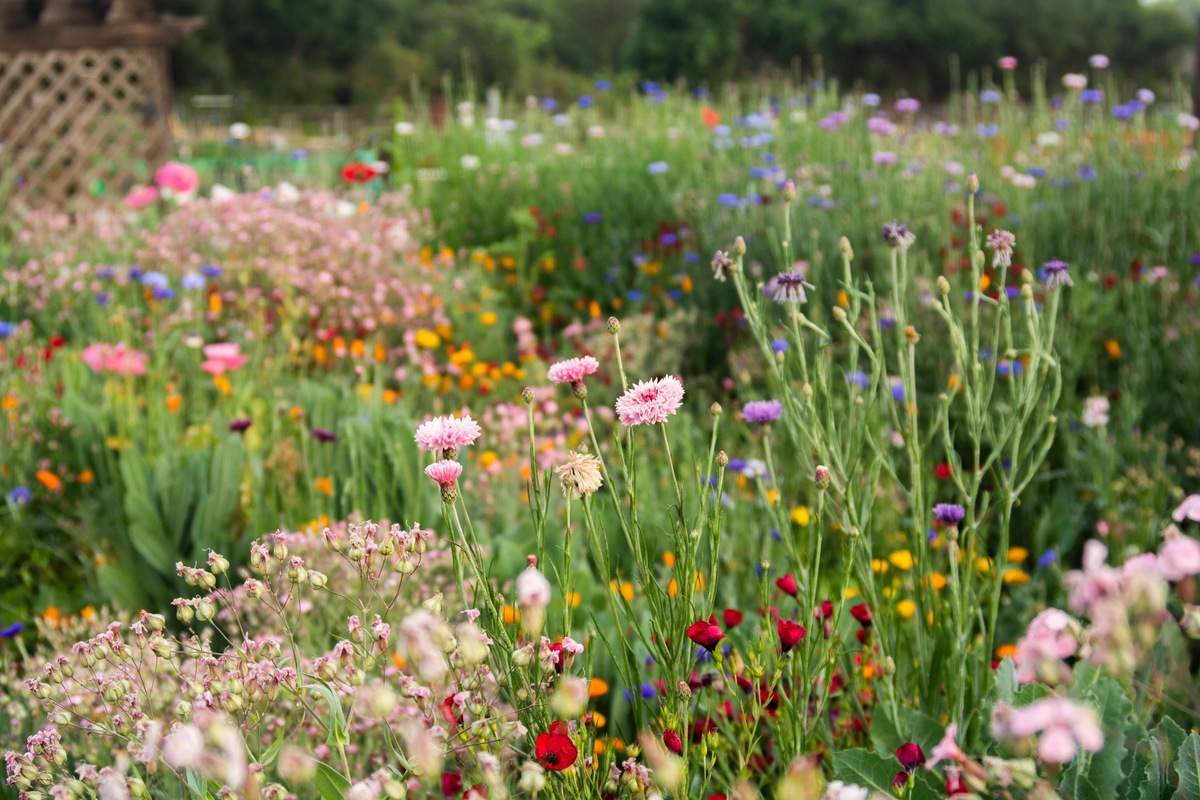
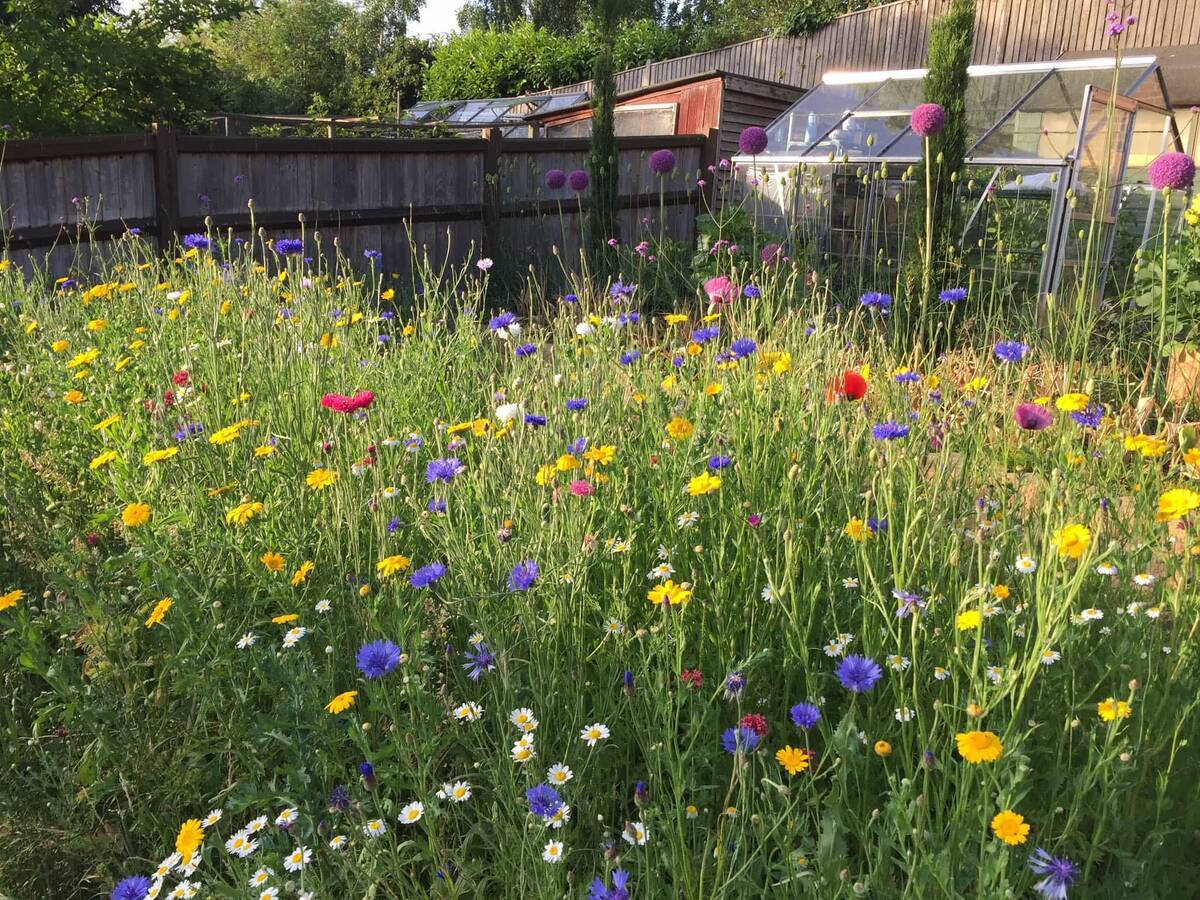
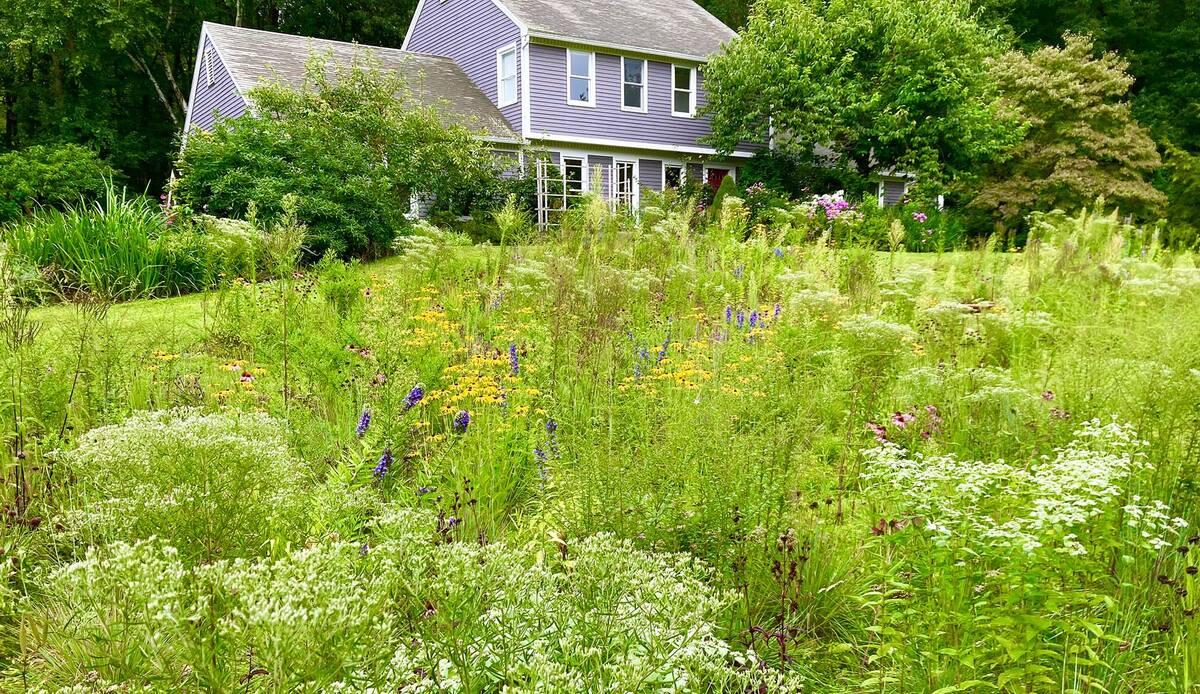
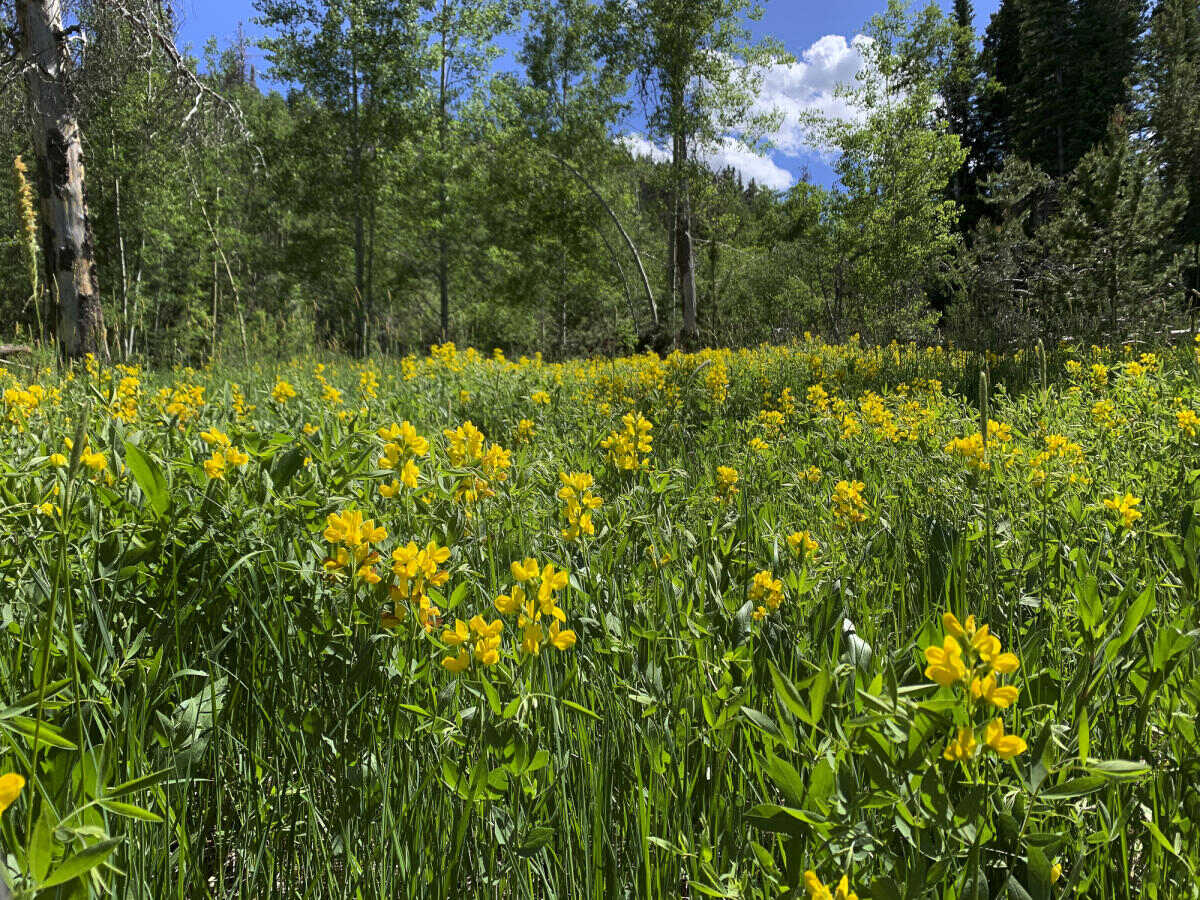
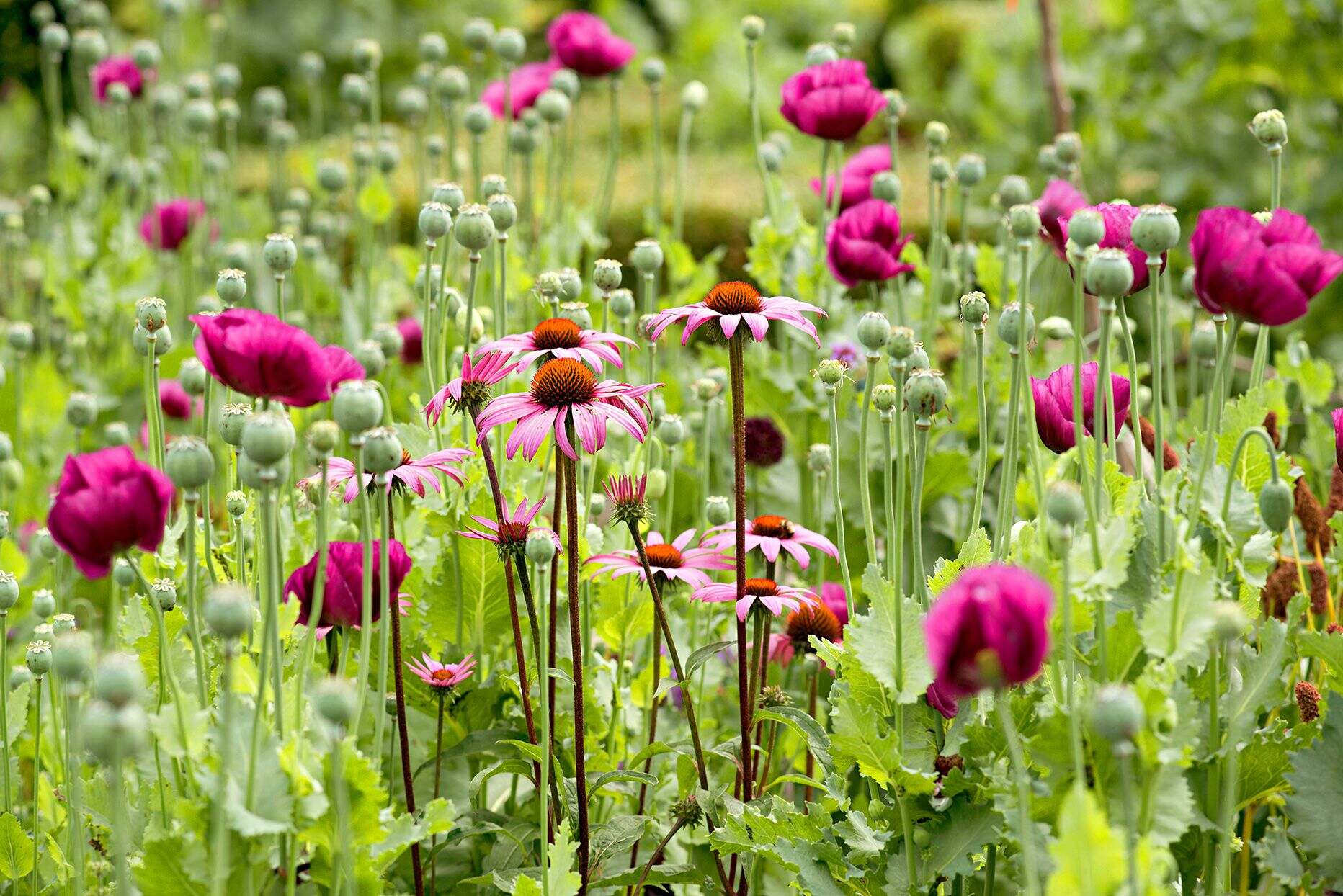
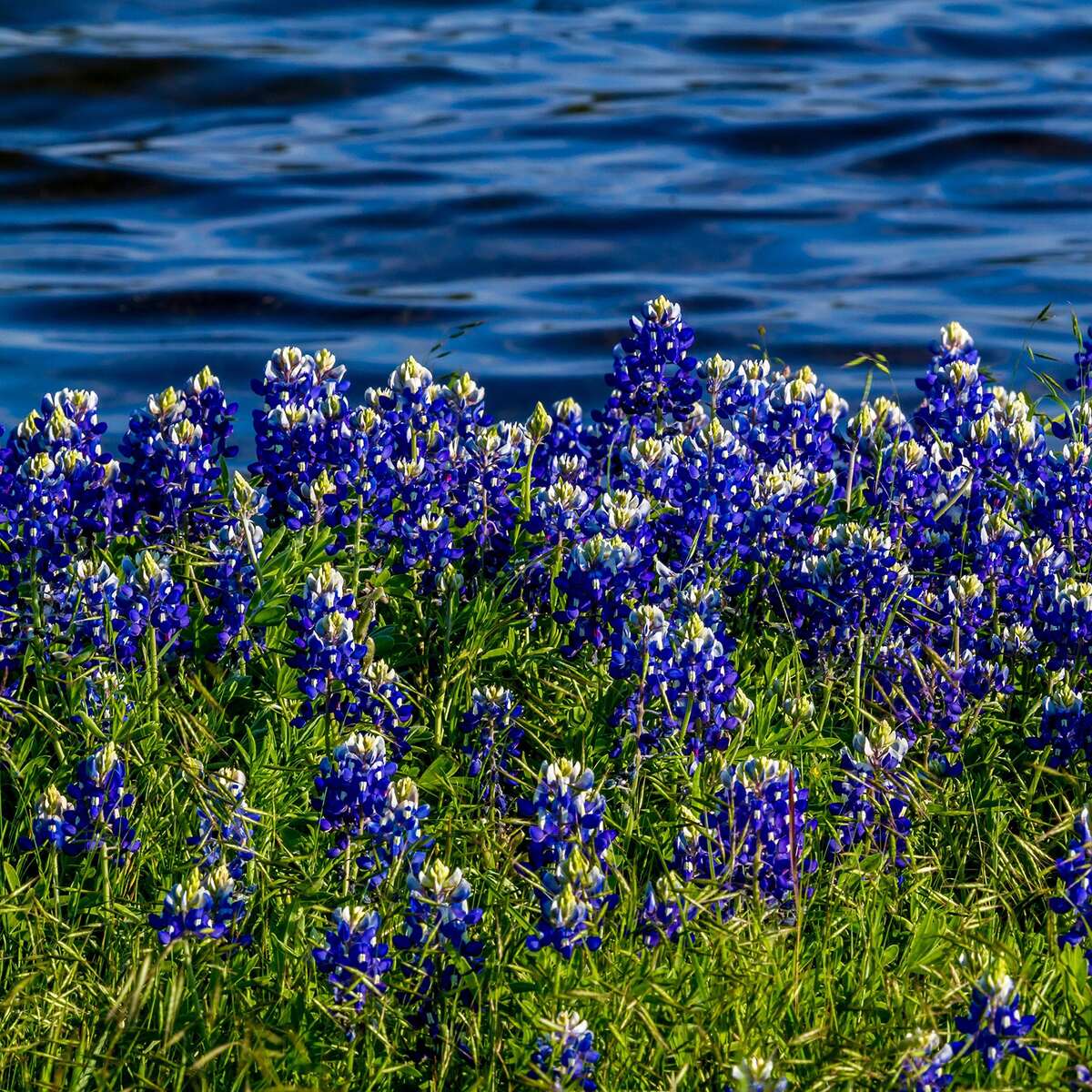
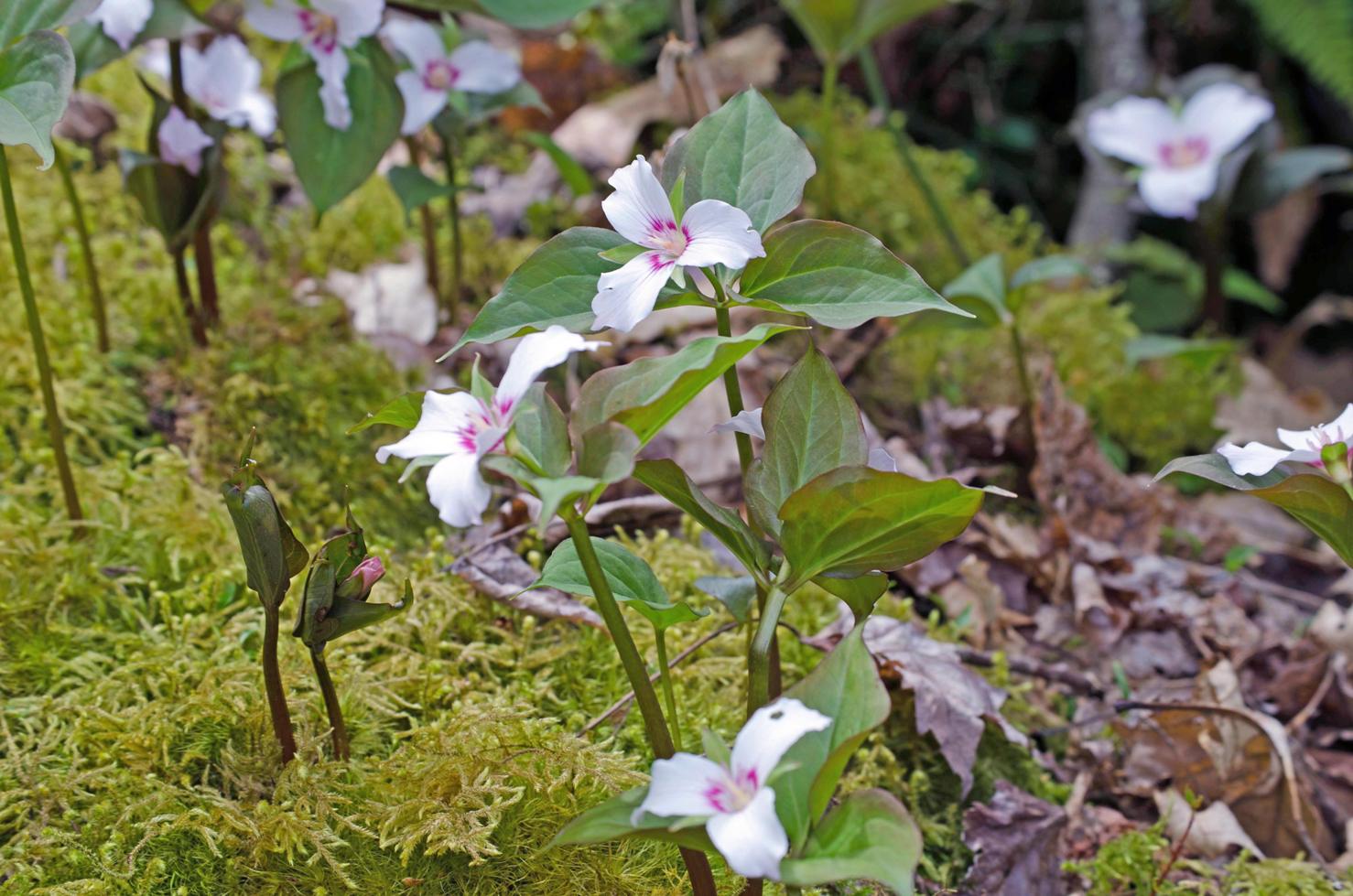
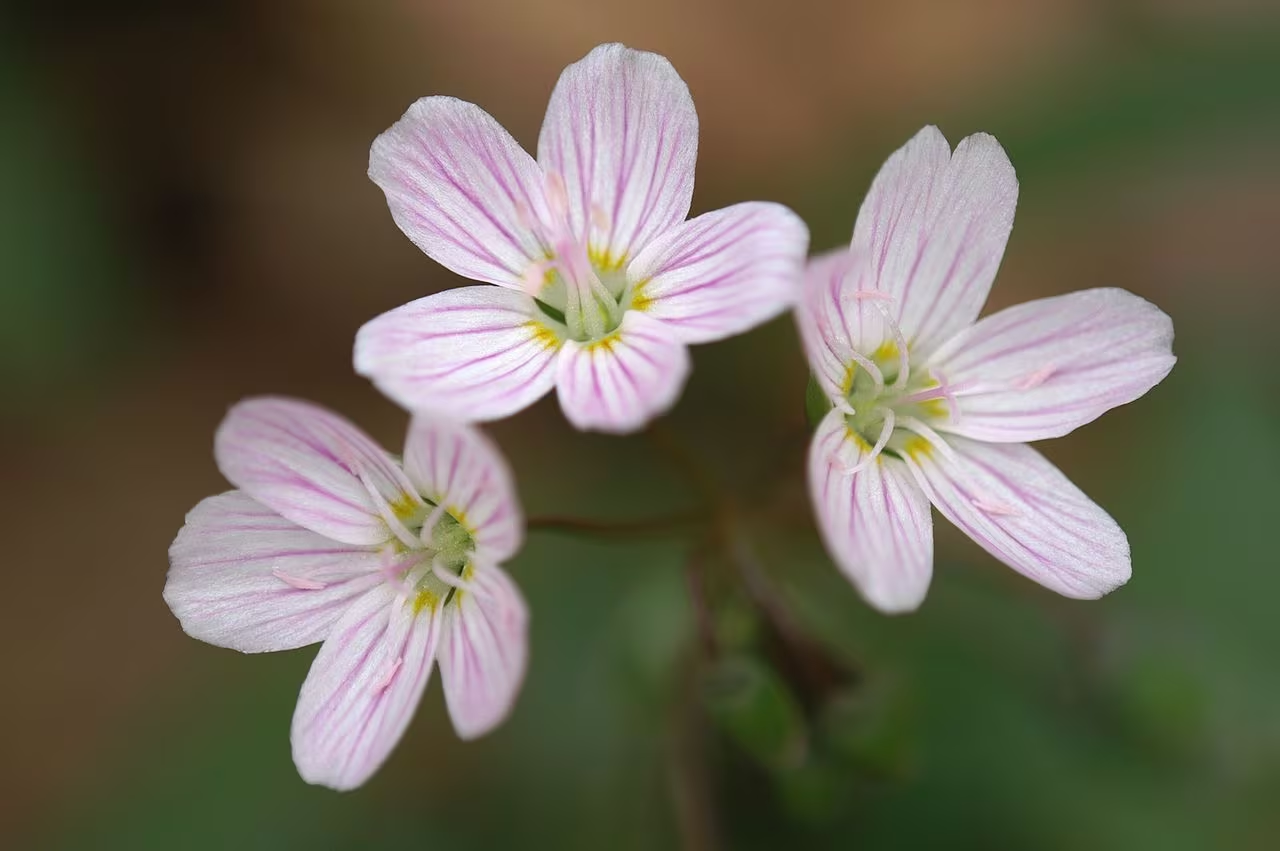
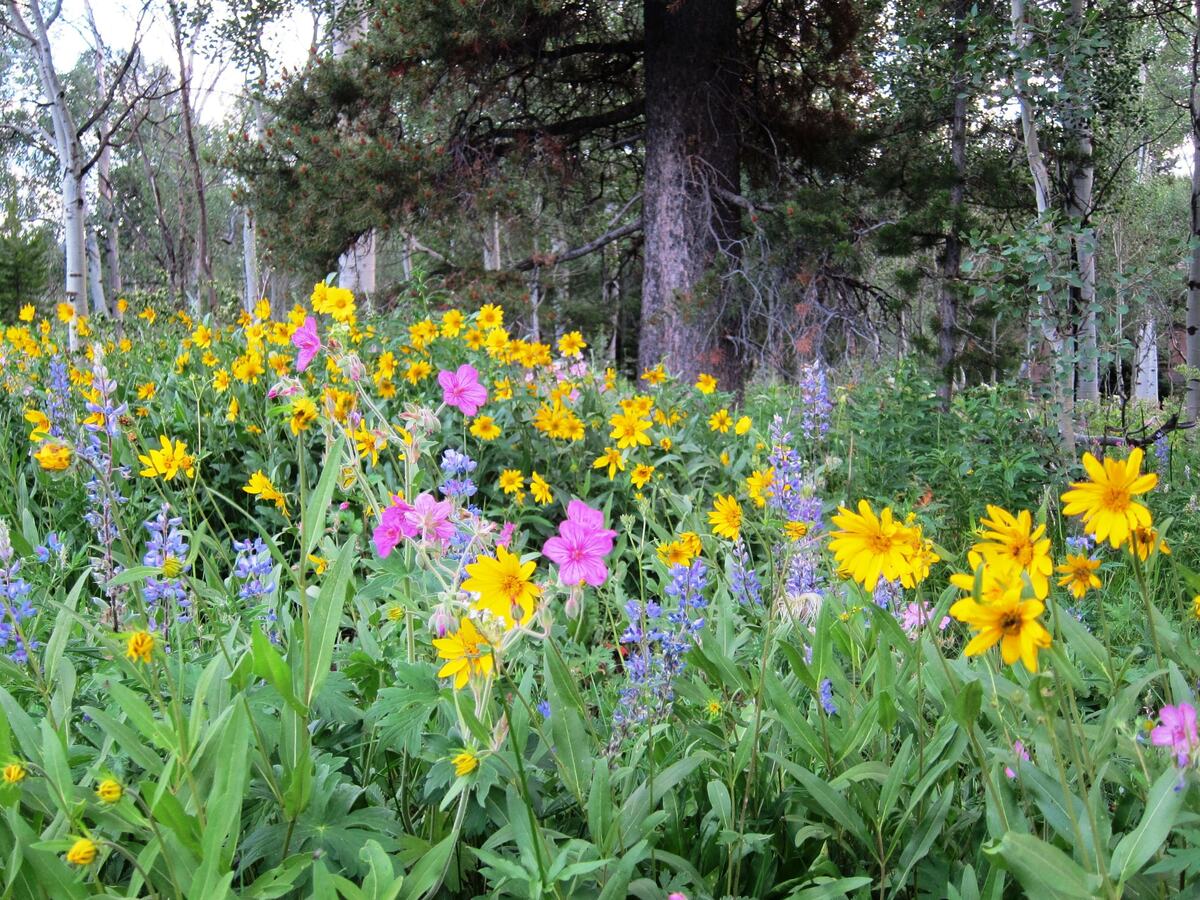
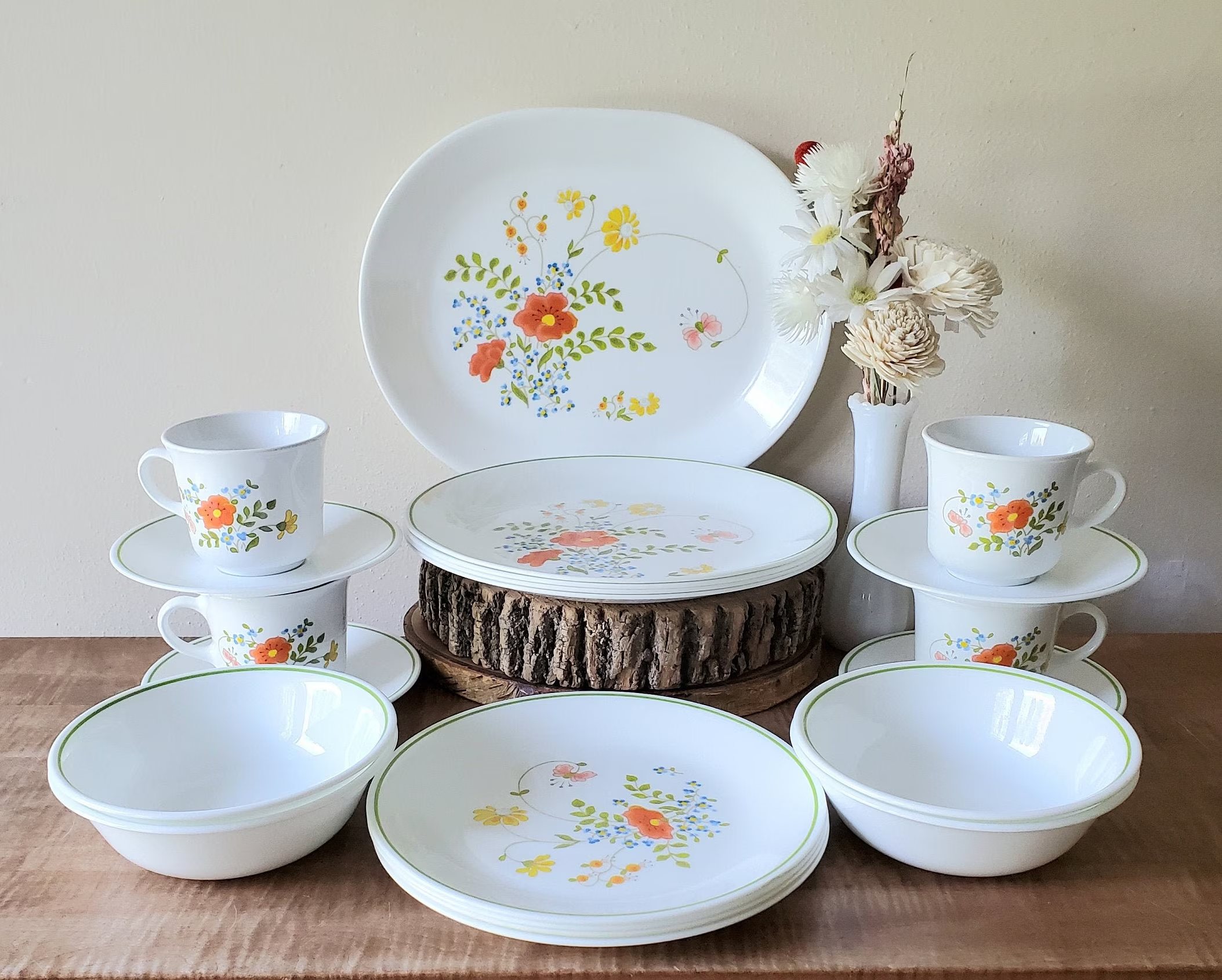
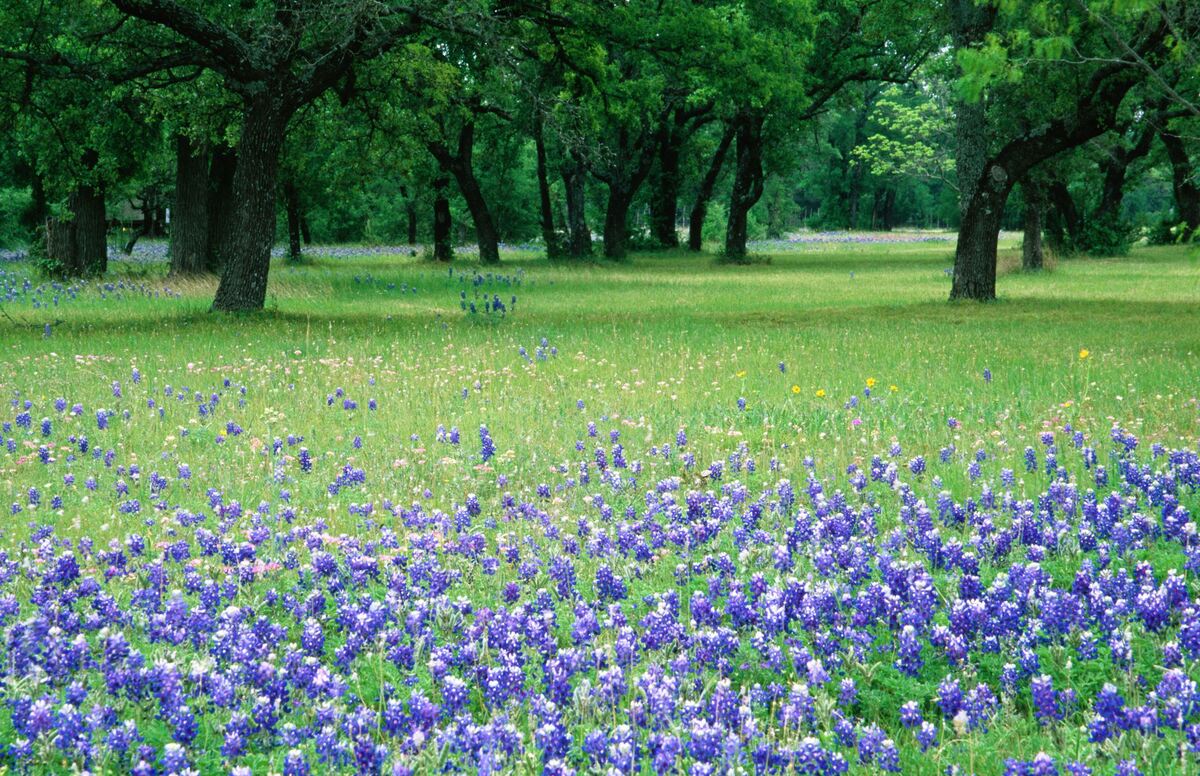
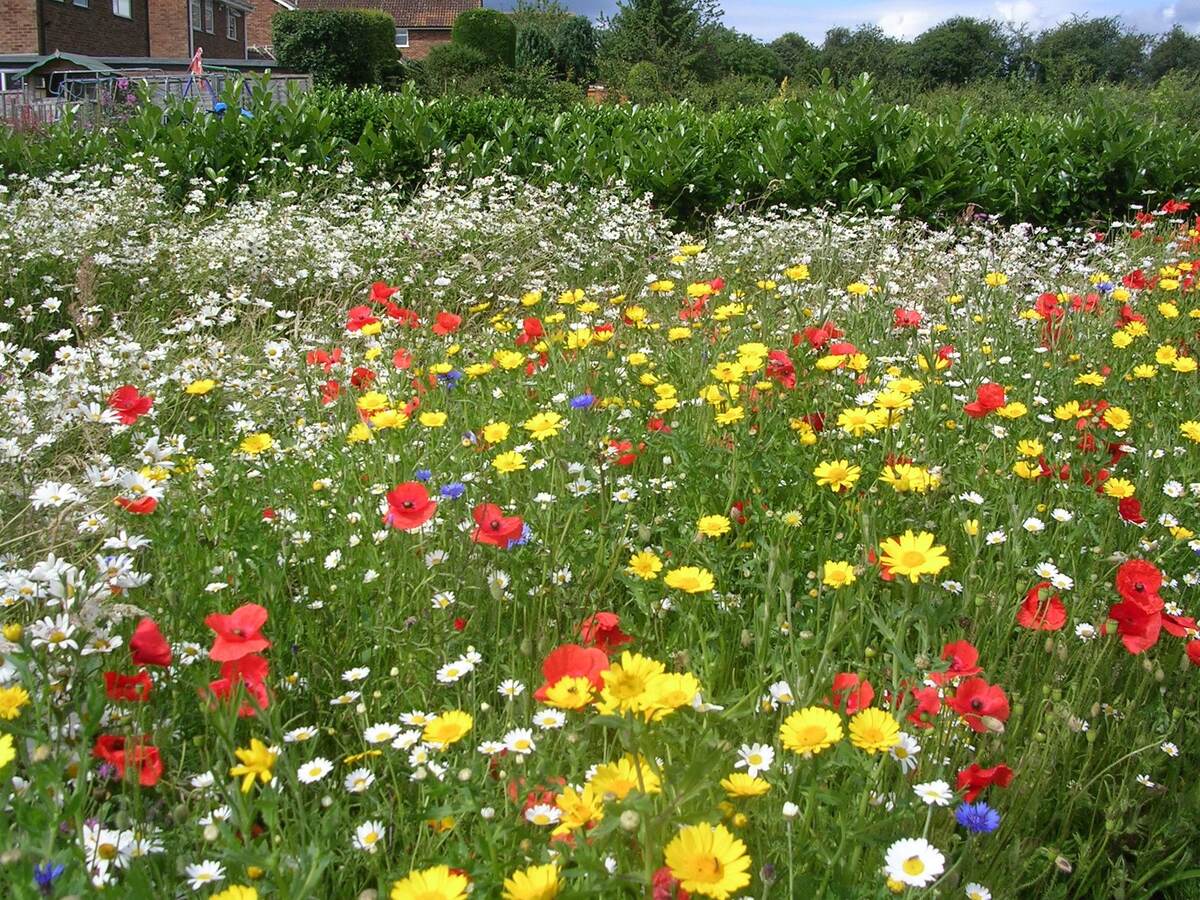

0 thoughts on “When To Cut A Wildflower Meadow”